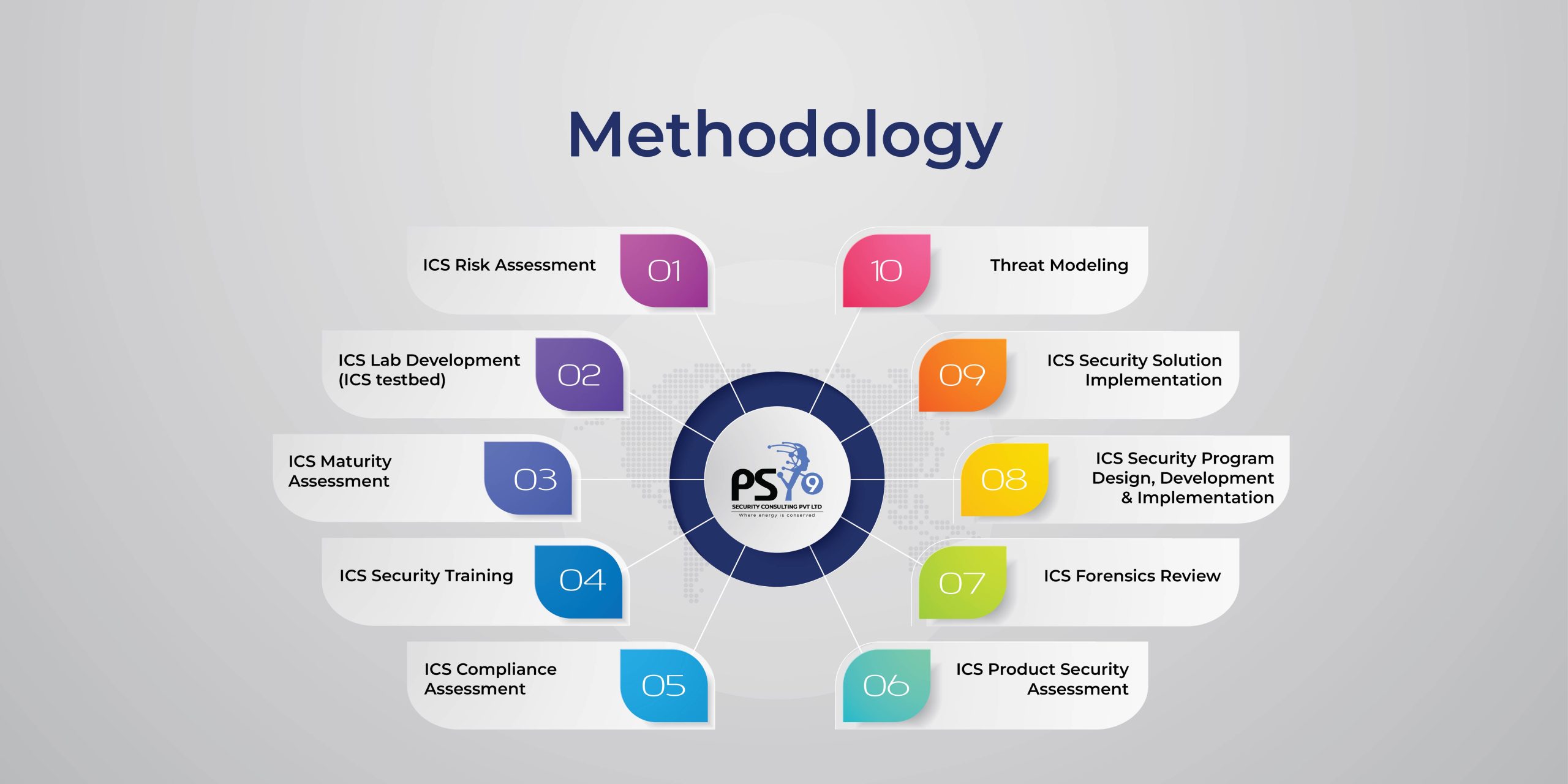
A penetration test, often known as a pen test, is an intentional and purposeful attack on software or hardware in an effort to reveal any security holes that may compromise user data by violating machine integrity. In this post, we’ll talk about several sorts of penetration tests so that you can plan ahead, estimate your work, and work quickly.
The type of operation you wish to identify on the target system determines the scope of a penetration check, or the degree of infiltration. As a result, a safety tester must consider all options carefully and select the most pertinent type of penetration test. Therefore, knowledge of the various types of pen evaluations is what is expected of an accurate pen tester.
